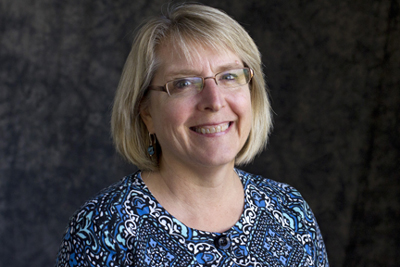
Shirley Porterfield, associate professor of social work at UMSL, completed research on the benefits of medical homes for families with special needs children.
Families of special-needs children face several obstacles, one of which is paying for medical care. A new study conducted by University of Missouri-St. Louis scholar Shirley Porterfield shows many families can end up spending up to 10 percent of their monthly budgets on medical bills.
Porterfield, associate professor of social work at UMSL, and LeaAnne DeRigne, assistant professor of social work at Florida Atlantic University in Boca Raton, Fla., conducted the study “Medical Home and Out-of-Pocket Medical Costs for Children with Special Health Care Needs,” which was published in Pediatrics, the official journal of the American Academy of Pediatrics. Their study suggest families who use the medical home method save considerable amounts of money each year. It was recently featured in American Medical News.
The medical home concept originated in 1967 as a method for improving the care of children with special needs. It means the child has a primary care physician who is readily accessible to the family and coordinates the child’s specialist care and explains this care and results of any tests to the child’s parents or guardians in an understandable way, Porterfield said.
They analyzed data on 31,808 participants of the National Survey of Children with Special Health Care Needs, funded by the Health Resources and Services Administration and the Centers for Disease Control and Prevention. Families spent an average of $317 a year in out-of-pocket expenses to care for a special needs child on public insurance but only $215 if care was provided within the medical home framework.
Porterfield said she hopes the research will help to create policy interventions to support more widespread adoption of the medical home model and control the unsustainable upward trend in health care costs.














